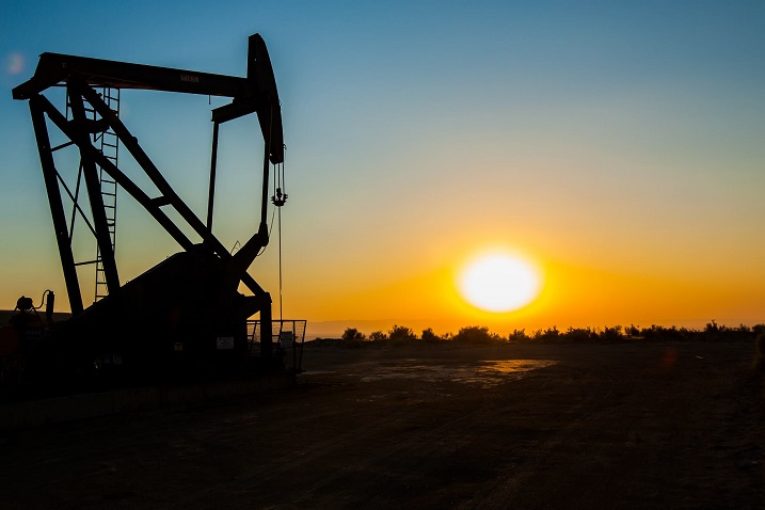
WTI hovered close to its highest since November 2014 on Monday, supported by supply concerns before U.S. sanctions against Iran come into force next month.U.S. light crude was up 15 cents at $73.40.
“Saudi Arabia are signaling that they do not have a lot of prompt spare capacity available, or that they don’t have the will to really use it on a proactive basis,” said Petromatrix strategist Olivier Jakob.
“There’s nothing right now that gives a strong incentive to be a strong seller of the market.”
Investors have indicated that they see prices rising, loading up on options that give the holder the right to buy Brent crude at $90 a barrel by the end of October. Open interest in call options at $90 a barrel has risen by nearly 12,000 lots in the past week to 38,000 lots, or 38 million barrels.
Higher oil prices and dollar strength, which has battered the currencies of several big crude importers, could hit demand growth next year, analysts said.
But for now the focus is U.S. sanctions on Iran’s energy industry, which come into force on Nov. 4 and are designed to cut crude exports from the third-biggest producer in the Organization of the Petroleum Exporting Countries (OPEC).
Several major buyers in India and China have signaled that they will cut purchases of Iranian oil. China’s Sinopec said it had halved loadings of Iranian oil in September.
“If Chinese refiners do comply with U.S. sanctions more fully than expected, then the market balance is likely to tighten even more aggressively,” Emirates NBD analyst Edward Bell wrote in a note.
Hedge funds have increased bets on a further price rise. Exchange data shows the combined net long position in Brent and U.S light crude futures and options at its largest since late July, equivalent to about 850 million barrels of oil.
U.S. President Donald Trump spoke to Saudi King Salman on Saturday on ways to maintain sufficient supply.
“Even if they (Saudi Arabia) wanted to bend to President Trump’s wishes, how much spare capacity does the kingdom have?” said Stephen Innes, head of trading for Asia-Pacific at futures brokerage Oanda in Singapore.
With about 1.5 million barrels per day of Iranian oil expected to go offline on Nov. 4, prices could “rocket higher with the flashy $100 per barrel price tag indeed a reasonable-sounding target” if investors doubted the Saudis ability to respond with enough extra output, he said.
You can read more of the news on source



